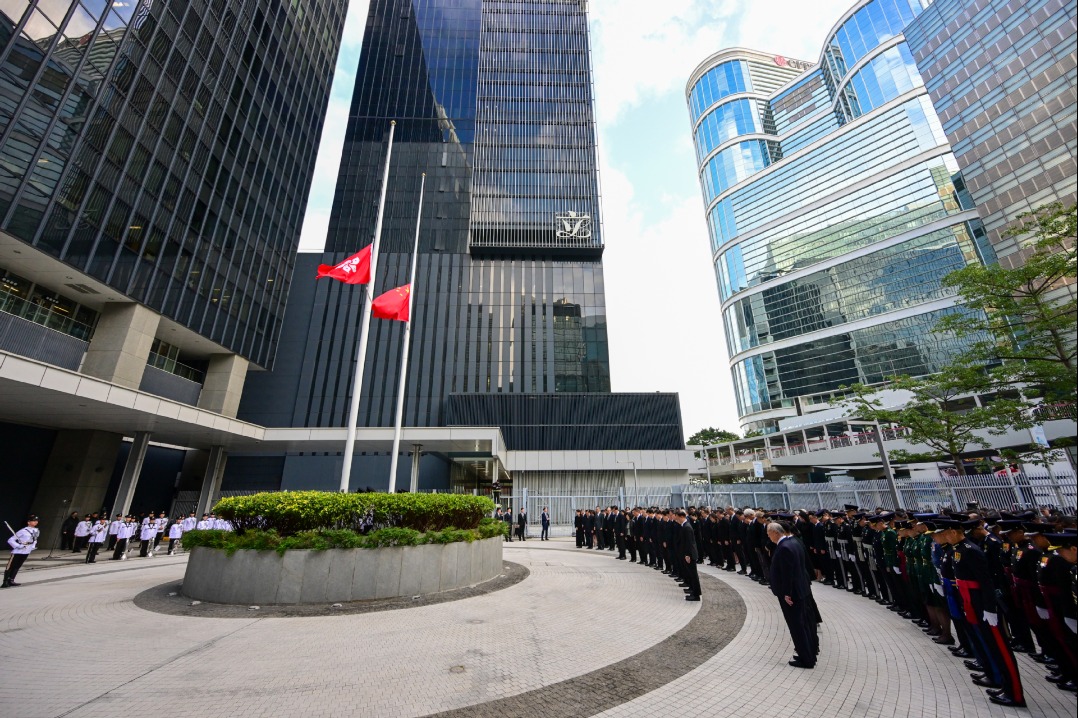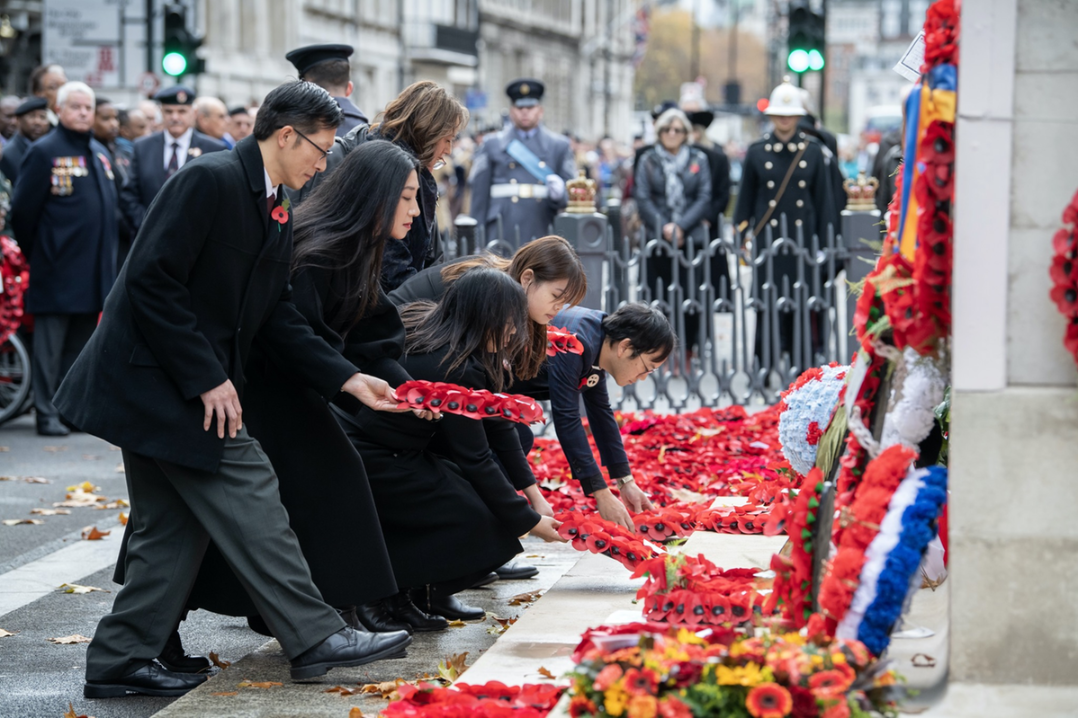Foreign cemeteries in China

The only foreign king's cemetery
Beiying, a village in northern Dezhou, Shandong province, has attracted visitors from the Philippines and some Southeast Asian countries for 500 years. The village is the final resting place of a former king of the Sulu Archipelago and the home of his offspring. In 1417, the three kings of Sulu, which now belongs to the Philippines, came to China with their families and subordinates. One king fell ill and died near Dezhou. The Chinese emperor Yongle (1360-1424) ordered a grand funeral and had a cemetery built. The king's offspring lived harmoniously among the villagers. For hundreds of years, people from the Philippines have made pilgrimages to Beiying to honor their ancestors. The cemetery has been protected since it was listed as a national key cultural relic in 1988.
The first foreigners' cemetery in China
In 1846, Great Britain established China's first cemetery for foreigners on Shandong Road in Shanghai. In the 19th century, it took about six months to travel from Shanghai to Europe, so shipping coffins back home was expensive and impractical for the foreigners living in Shanghai. In 1844, some foreigners bought a piece of land to establish a cemetery, and they later exchanged it for another tract of land on Shandong Road. Many sailors were buried in this cemetery after arriving in Shanghai following lengthy journeys and dying from disease. In 1952, the cemetery was destroyed to build a stadium, which was rebuilt in 1976 as Huangpu Stadium.
The biggest foreigners' cemetery in China
The Soviet Soldiers' Cemetery, which occupies 48,000 square meters in Lushun, Liaoning province, is China's biggest foreigners' cemetery. Built on the site of a Russian cemetery, it now has 1,323 graves, many of them for soldiers who died when they liberated Northeast China in 1945, and their relatives. The cemetery has strong Soviet features. There is a 39.9-meter-tall martyrs monument, which is part of the 1,000-sq-m Peace Park in the cemetery.
Zhugang Foreigners' Cemetery, where many of the dead are unidentified
The area near Zhugang in Guangzhou, Guangdong province, flourished around the Opium Wars (1839-42, 1856-60). Some foreign businessmen and government officials who died from disease or in accidents were buried in Zhugang, which is in the village of Shenjin among bamboo groves on a mountainside. Over the years, many of the gravestones disappeared or were destroyed. The 10-plus remaining ones have been removed for restoration. Though some people buried there were notables or high-ranking officials, their identity is now hard to establish because the gravestones have been damaged.
(China Daily Africa Weekly 04/11/2014 page25)
Today's Top News
- 2.83 million people sit China's civil service exam
- Chinese landmark trade corridor handles over 5m TEUs
- China holds first national civil service exam since raising eligibility age cap
- Xi's article on CPC self-reform to be published
- Xi stresses improving long-term mechanisms for cyberspace governance
- Experts share ideas on advancing human rights






























